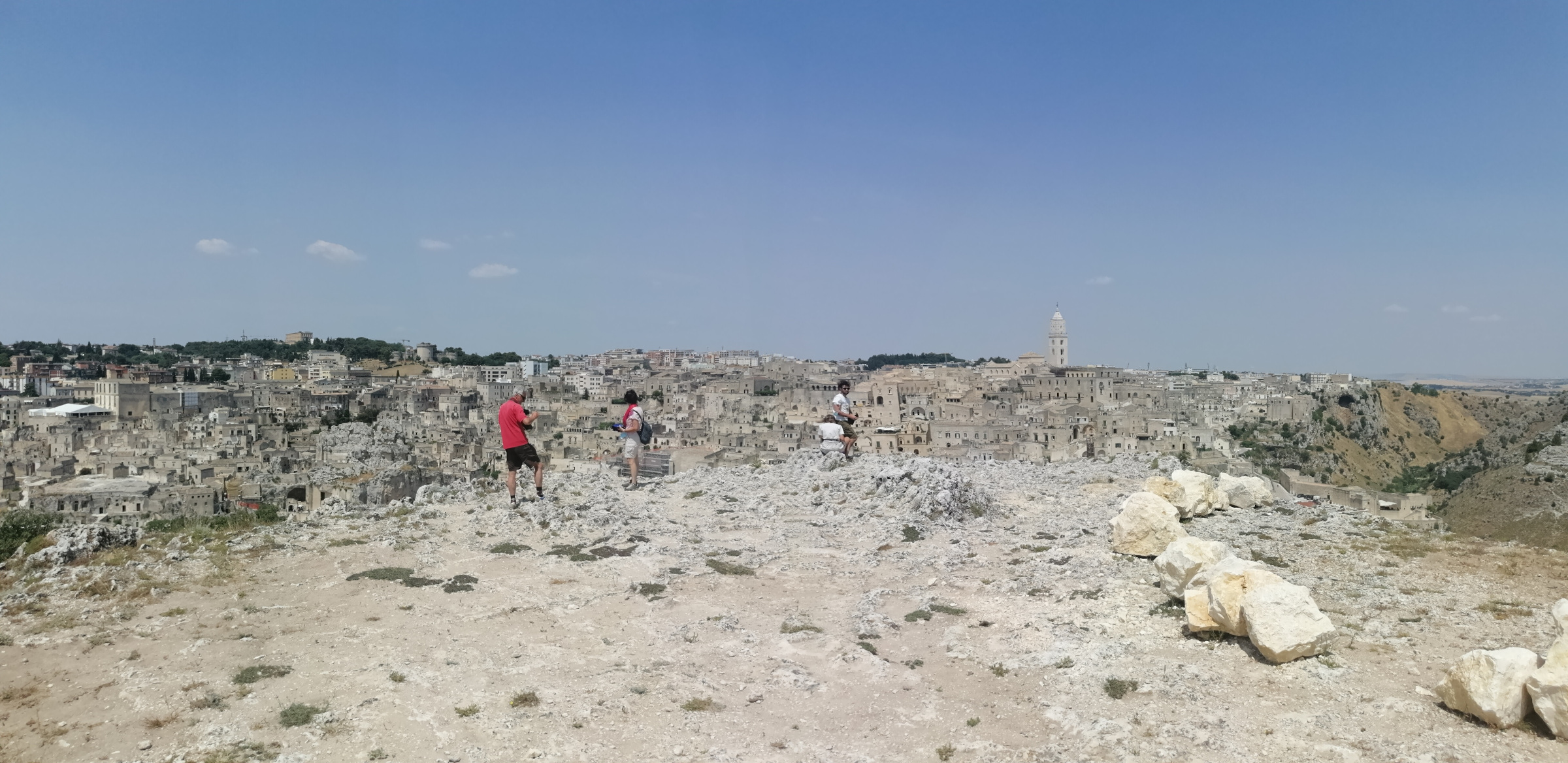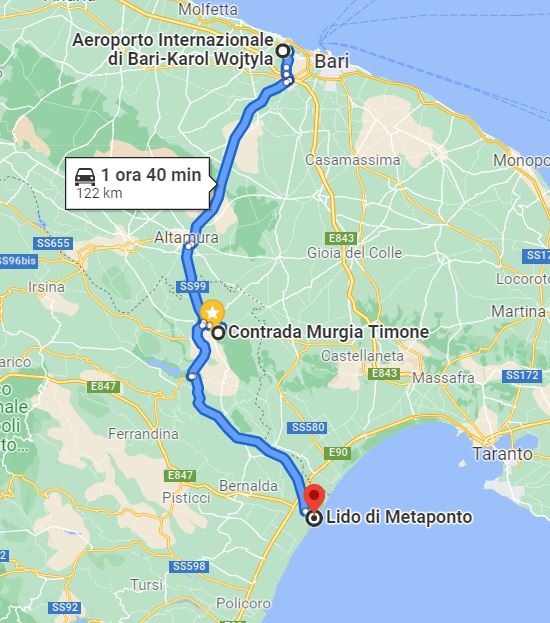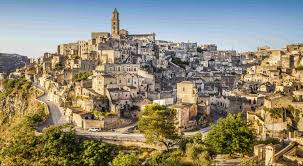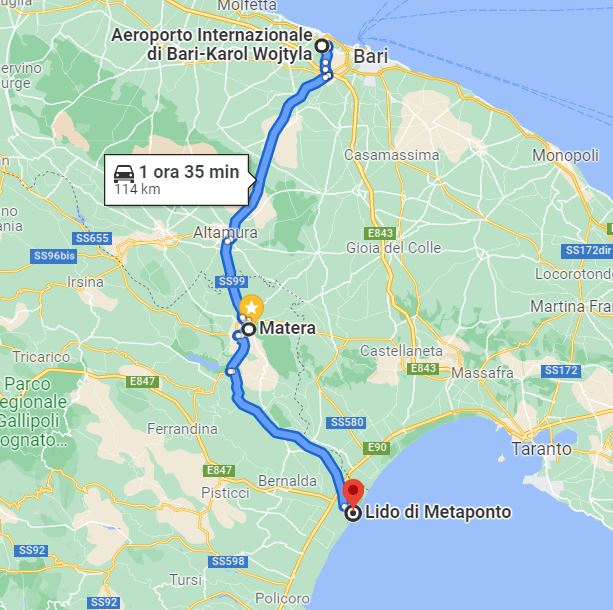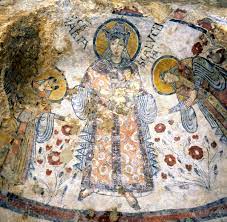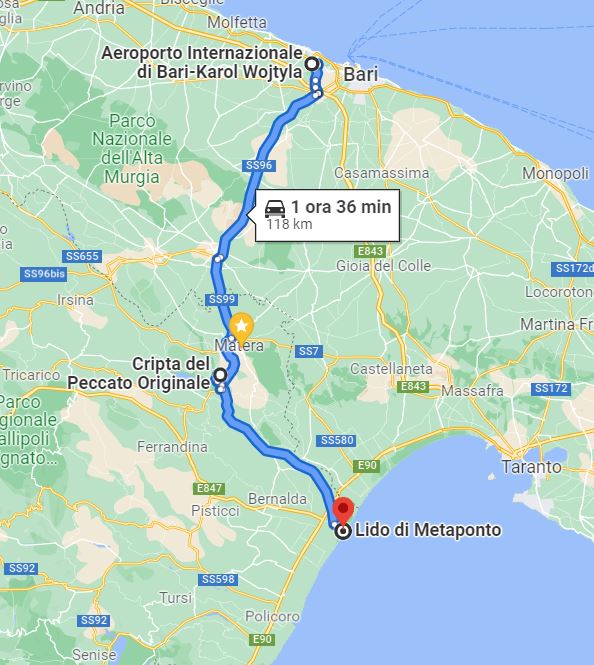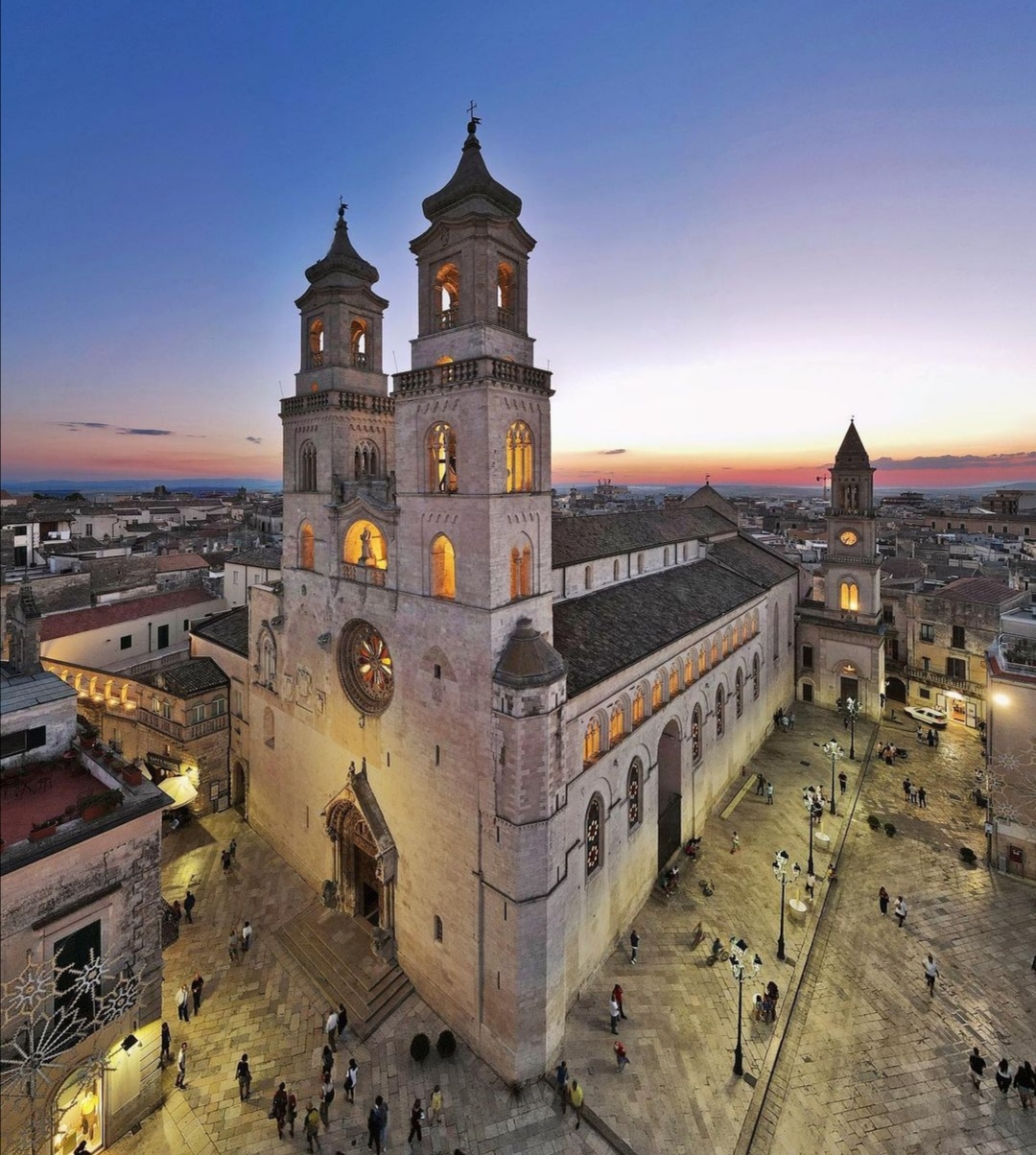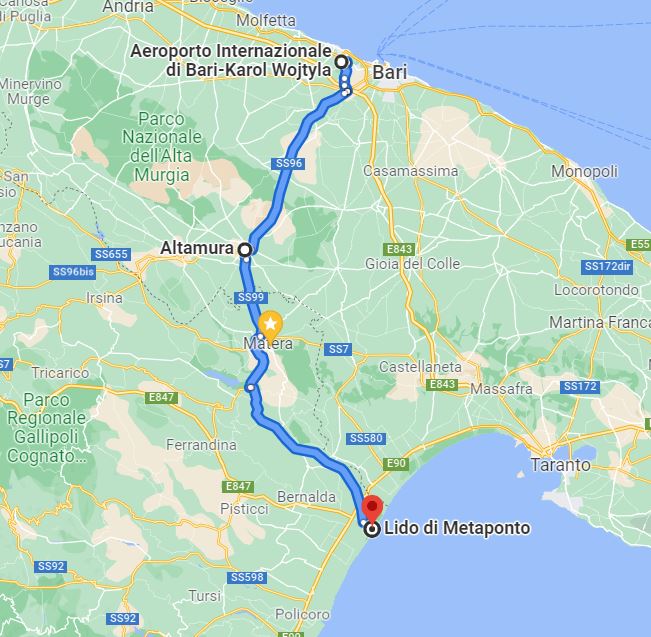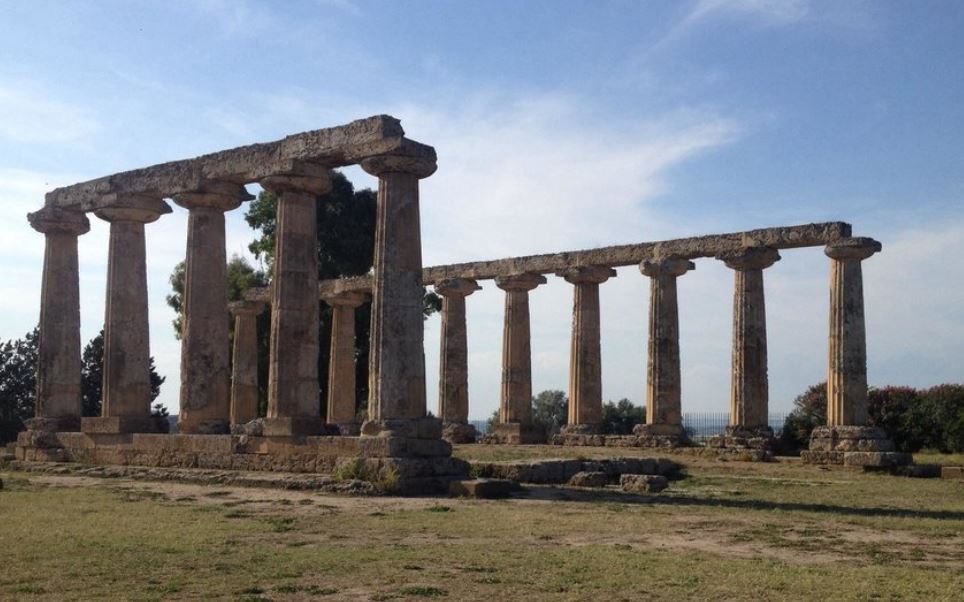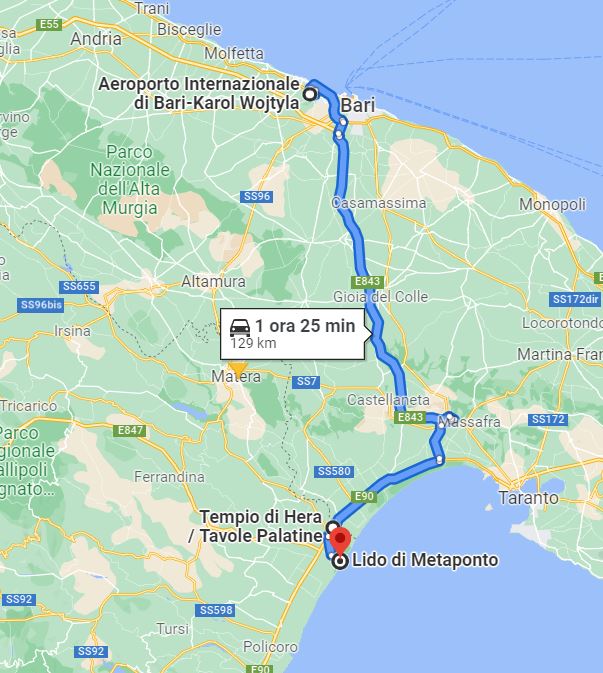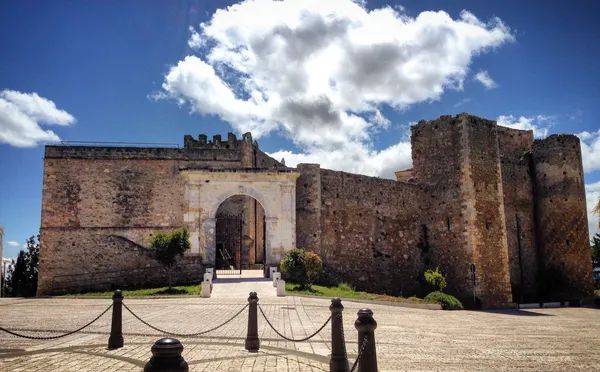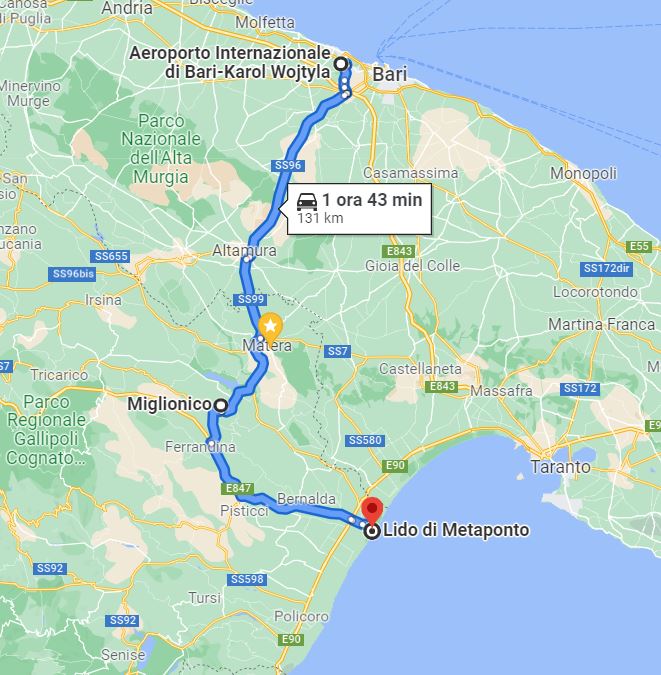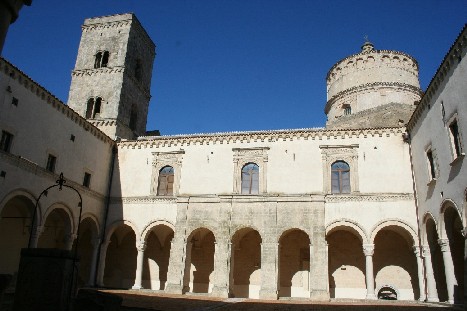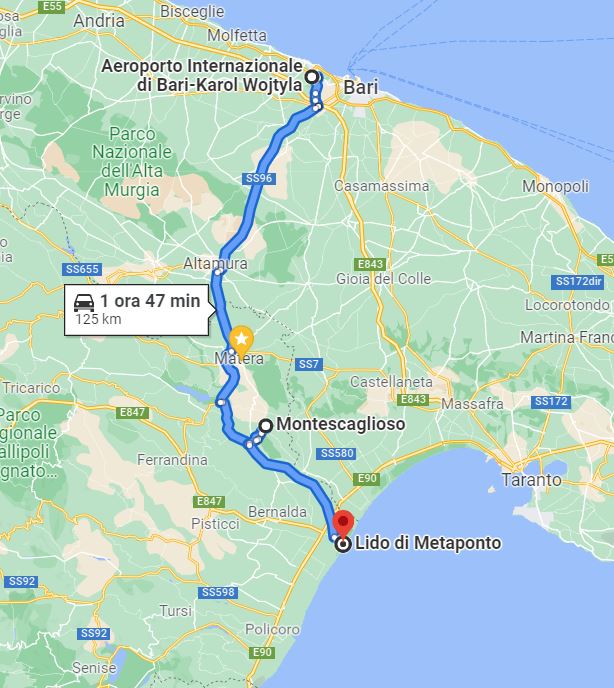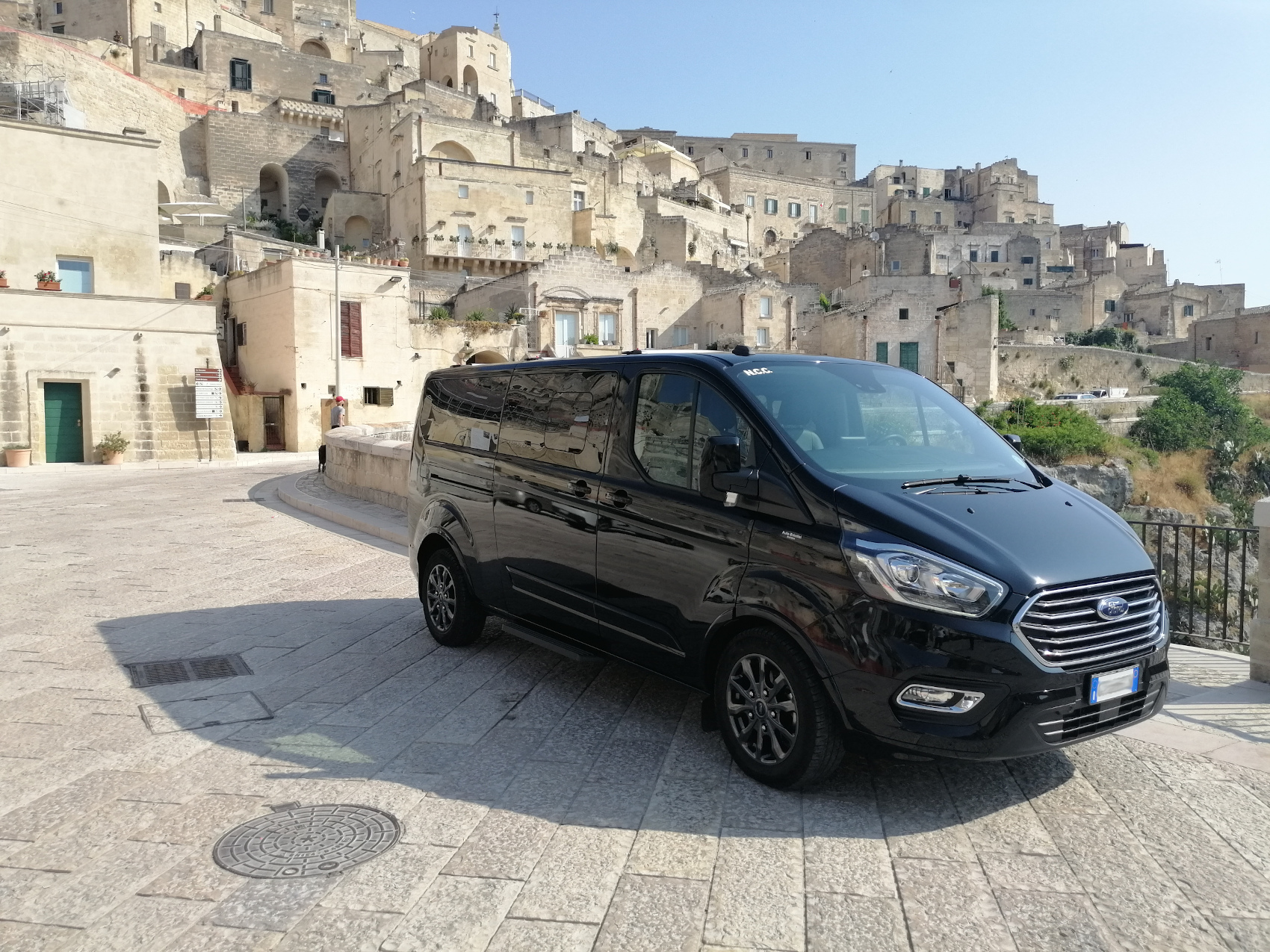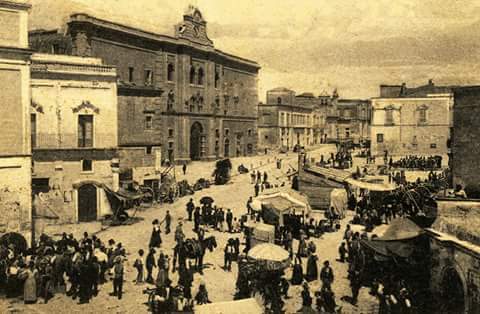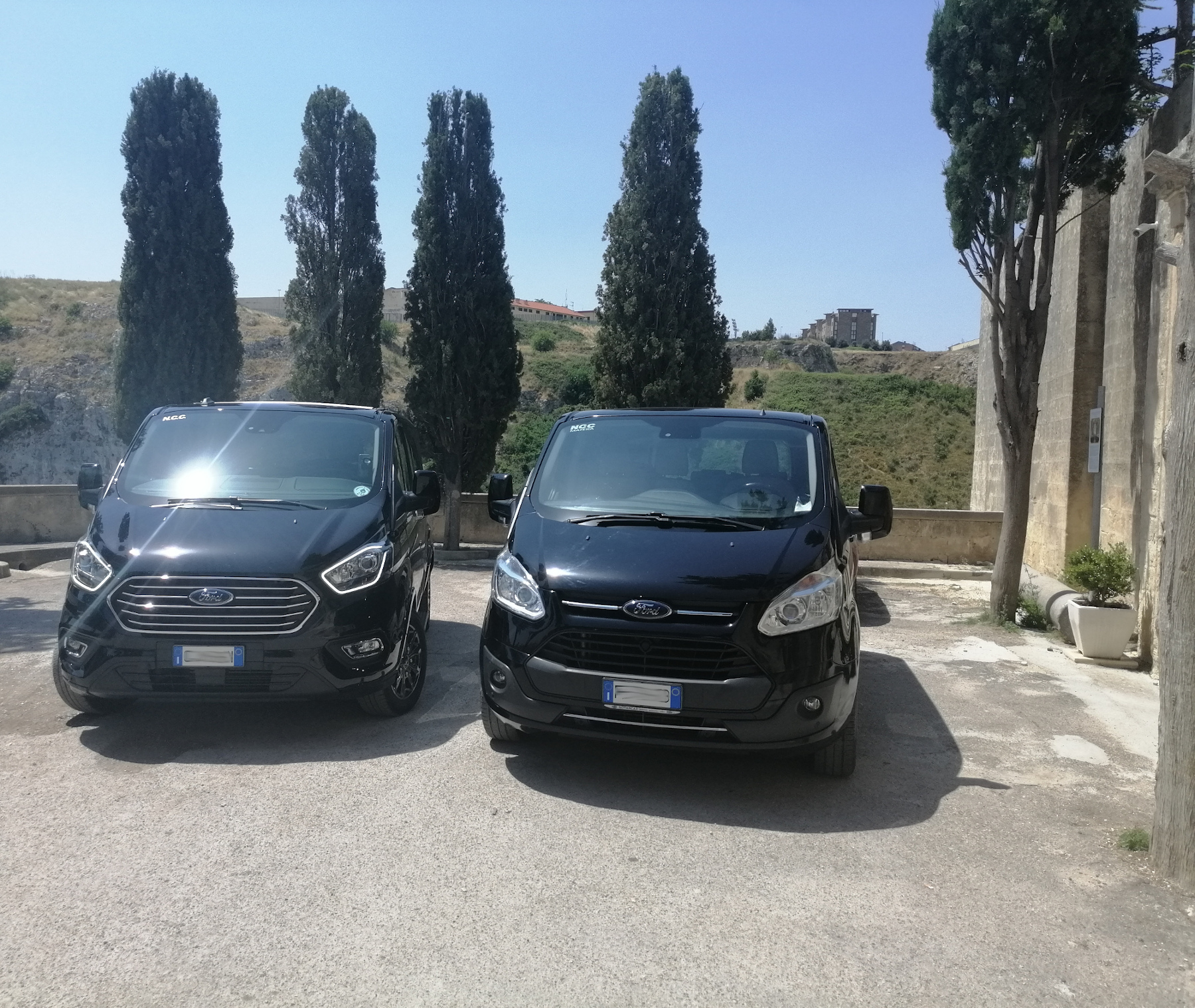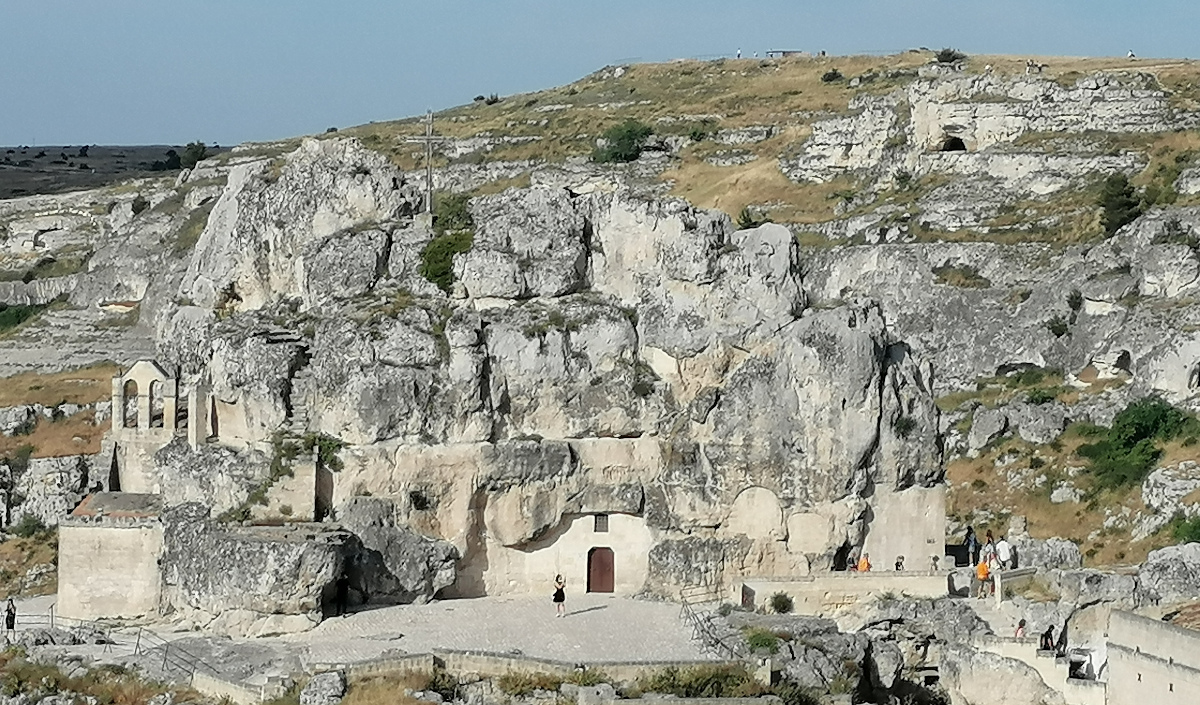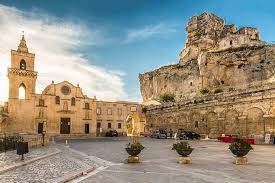RENTAL SERVICES WITH DRIVER
FROM AND TO BARI AIRPORT
RATES
Bari airport | Metaponto station or coast
and Jonic Coast shared service
Shuttle Matera
by Made in South of Italy
Bari airport | Metaponto station or coast and Jonic Coast shared service
| number of passengers | fare * without sharing** |
| 1 pass. | € 125.00 |
| 2 pass. | € 130.00 |
| 3 pass. | € 140.00 |
| 4 pass. | € 150.00 |
| 5 pass. | € 160.00 |
| 6 pass. | € 170.00 |
| 7 pass. | € 180.00 |
| 8 pass. | € 180.00 |
| ** discount for sharing | - 25,00€ |
Total fare, excluding VAT 10%, to be added to Bari airport/ Metaponto rates based on the number of passengers
| Ginosa Marina | + € 15.00 |
| Castellaneta Marina | + € 20.00 |
| Scanzano Jonico | + € 25.00 |
| Policoro | + € 35.00 |
| Nova Siri | + € 45.00 |
| Rocca Imperiale | + € 60.00 |
| Roseto Capospulico | + € 70.00 |
** Total fare, excluding VAT 10%, to be added to Matera/ Metaponto rates based on the number of passengers
The above rates are valid for companies with us directly affiliated and confirmed at the time of booking. In case our cars of partner companies are not available, other solutions will be proposed and agreed and, in this case, rates may vary.
time slot
from 7:00 (car departure time from Matera)
to 21:00 (arrival time car in Matera)
from 21:00 to 7:00 check additionals charges
additionals charges
working days outside the time slot + € 10,00
Sunday surcharge +€ 10,00
festive surcharge +30%
driver available for the first 3 hours + € 30,00/h
driver at disposal from the fourth hour + € 25,00/h
Our fares include
car rental with driver;
passenger insurance;
fuel cost
driver waiting in case of flight or train delay.
Our fares do not include
TAX 10%;
Motorway tolls, car parks or ferry tickets;
Meals and overnight stays for full day driver;
everything not expressly indicated in "the rates include"
in all cases where it is impossible to reach the desired places or carry out transfers for problems not arising from our will (such as road surface inaccessibility, snow, dangerous situations, etc.) We reserves the right to NOT MAKE the transfer in the times and places previously booked and to agree on the cancellation or variation of the transfer arrangements, as well as the rates on the days and times of departure or meeting.
Possible excursions in addition to the service
from Bari airport to Metaponto or Jonic Coast or vice versa
Belvedere (Murgia Timone)
Murgia Timone, together with Murgecchia, is a plateau located in front of the heart of the Sassi and the oldest part called "La Civita" just past the river Gravina. The whole surrounding area is characterized by the presence of caves well visible from the ancient tufa districts. In this area was discovered the first entrenched village. The discovery is attributed to the peasant materano Giovanni Iacovuzzi, one of the most valuable collaborators of Ridola.
The neolithic village
The village has an almost oval shape and gathers more Neolithic huts. In the outer part of this village there is a moat, defined by Ridola a "Trench", excavated most likely with stone tools. This moat has a width between 1.90 and 2.70 meters in width and a depth between 1.50 and 2.50 meters for a total perimeter of the moat is 664 meters. Within it were found by Ridola numerous holes that are thought to be used for the installation of wooden poles for the huts. Graves have also been found in grotticella hypogea, obviously after the occupation of the site.
The archaoligic findings
In the site were also found several objects dating back to the prehistoric age and especially processed stones. In addition to these carved stones were later brought to light numerous other archaeological finds such as fragments of painted vases, three axes in polished stone (typical of the Neolithic), bone spatulas and blades. These objects are currently the numerous preserved in the National Archaeological Museum "Domenico Ridola" of Matera.
Sassi di Matera
Matera is considered one of the oldest in the world where history, culture, nature and flavors intertwine, which blend in a combination and harmony of images, colors and scents, which gives life to a city full of scenarios and glimpses of unparalleled charm. which leaves the various visitors amazed by its charm and beauty. Visiting Matera and the Sassi, the oldest part carved in tuff, is like taking a leap into the past in a city inhabited from the Paleolithic to the present day.
The Sassi of Matera
They are one of the oldest inhabited settlements built in the limestone rock on one of the two sides of a large canyon called Gravina. Throughout the historical phase that goes from the Palaeolithic to the present day to these settlements, derived from the intertwining of natural and artificial caves used as homes, the inhabitants of the Sassi have added and built winding connecting alleys, terraces, gardens, and connected the various caves through underground passages.
With the advent of the Catholic religion, some of these caves were used for worship, becoming rock churches. This great constructive and working capacity of the tuff has made the Sassi a spectacular example of an architectural complex perfectly adapted to the natural context.
They are divided into two large districts, the Sasso Barisano and the Sasso Caveoso, which today are mostly used for tourist and / or hospitality activities. First considered "national shame" then became a World Heritage Site under UNESCO in 2019 Matera was awarded the title of European Capital of Culture.
The Rupestrian Churchs
The birth of the rock churches mostly dates back to the early Middle Ages, when Benedictine and Byzantine monks began to settle in the caves of the Gravina, transforming them into prayer centers. With the rooting of the Christian Catholic religion in Matera, mystical places dug into the rock have been created that have become one of the distinctive features of the entire territory of Matera.
Inside these caves crypts, hermitages, basilicas, sanctuaries and monasteries as well as pictorial decorations have been carved into the limestone rock that are real artistic works. Between Matera and its surroundings there are more than 150 rock churches spread throughout the Matera area. Click here for more details.
Historic center and museums and churches
The historic center of Matera is a large pedestrian area made up of several squares all adjacent to each other and overlooking the Sassi. Thanks to its position, it offers various entry points and viewpoints from which you can admire spectacular and breathtaking views of the 2 districts: Sasso Barisano and Sasso Caveoso.
Each square offers interesting ideas that various photo enthusiasts cannot miss. Starting from Piazzetta Giovanni Pascoli, dedicated to the poet from Romagna, who taught Latin and Greek here between 1881 and 1882.
In addition to a splendid viewpoint over the Sasso Caveoso, there is Palazzo Lanfranchi (17th century). It was the first major construction of the Plan and today the building houses the National Museum of Medieval and Modern Art of Basilicata.
Inside, there is an important art gallery of works from the Neapolitan school and a wide selection of paintings by Carlo Levi, including the well-known panel "Lucania ’61", 18 meters long.
Continuing towards the center of the pedestrian area and along via Ridola you will find the National Archaeological Museum, housed in the former Baroque convent of Santa Chiara (17th century) and established in 1911, when the local medical archaeologist, Domenico Ridola, to whom the Museum is entitled, donated his collections to the State, the result of important research carried out in the Matera area: in fact, significant finds from the Matera and Lucania area are preserved and exhibited in the museum.
XVIII century, it is the only one in the city with a curvilinear facade, with skulls, skeletons and numerous references to death and penance and the church of San Francesco di Assisi which is a medieval church, built in the thirteenth century, but completely remodeled in the eighteenth century , in the Rococo style.
From this point through via S. Francesco it is possible to reach Piazza del Sedile which was the political and economic heart of the city in the 16th century, seat of the homonymous Palazzo del Sedile, then a municipal building, now home to the Music Conservatory named after the musician from Matera. , Egidio Romualdo Duni.
The aforementioned square takes its name from a stone seat, where today there is the entrance to the conservatory, where the magistrate sat since the cases were open to the public. from Piazza Sedile you can access various areas of the Sasso Barisano or Caveoso. Crossing the whole square you arrive in Via delle Beccherie (so called because in the past it was the street where there were various butchers).
Turning right you arrive in Piazza Duomo where, in addition to finding various entrances and the Sasso Barisano, it is possible to visit the city's Cathedral, built in Romanesque-Gothic style in the 13th century and dedicated to the two patrons of Matera,
S. Eustachio and the Madonna della Bruna. Built entirely of tuff blocks (precisely limestone), it is divided inside into three naves which, almost completely remodeled between the seventeenth and eighteenth centuries, are now in Baroque style.
However, some elements of the original decoration of the medieval structure can still be admired, such as the fresco depicting the universal judgment attributed to Rinaldo da Taranto (early 14th century) and that of the Madonna della Bruna (13th century), placed on a imposing baroque altar, carefully inlaid, of Neapolitan manufacture.
The cathedral has various altars and chapels on both sides: not to be missed is the so-called "nativity scene" because it houses a fine 16th-century stone nativity scene, created by the artist from Montescaglioso, Altobello Persio.
Next to the cathedral, in via Riscatto, where the killing of the Count of Matera, Giancarlo Tramontano took place in 1514, is the Diocesan Museum (Mata), inaugurated in 2011, divided into three large rooms, in which works of sacred art, in particular silver from the cathedral treasury. From the square it is easily possible to visit one of the Materani museums, the MUSMA and the Casa Noha.
MUSMA is the Museum of Contemporary Sculpture of Matera, welcomes visitors with a rich collection of works including sculptures, ceramics, jewels, medals, art books, engravings and drawings donated by artists, collectors, private galleries to the Zétema Foundation.
Casa Noha, on the other hand, is a semi-virtual museum, managed by the FAI (Fondo Ambiente Italiano) which proposes itself to the visitor as an "entrance gate" to the city, retracing its history thanks to an innovative communication project. Returning to Piazza Sedile and traveling along via delle Beccherie parallel to via del Corso until you reach Piazza Vittorio Veneto.
Another splendid square that offers numerous ideas where you can admire fabulous views of the Sasso Barisano, the ancient tuff fountain and the Palazzo dell’Annunziata, a former eighteenth-century convent, now home to the Provincial Library.
From any point of the square you can see excavations for the entrance to the part below the so-called Palombaro Lungo, a huge public reservoir, entirely hand-dug in the limestone bank and plastered in cocciopesto, capable of containing about 5 million liters of water.
You can also see the war memorial and near the Government Palace the plaque commemorating an important historical record of Matera: the first Italian city that rebelled against the Nazi-fascists.
From Piazza Vittorio Veneto, along Via San Biagio, you reach Piazza San Giovanni, formerly called Piazza San Rocco, due to the presence of the convent of the same name which in the past was also the ancient hospital as well as a prison.
Absolutely not to be missed is the visit to the suggestive Church of San Giovanni Battista, dating back to the first half of the 13th century, with its unusual main facade (once a side facade) and with its extraordinary capitals. Another museum to visit is undoubtedly one of the Casa Grotta which are a reproduction of one of the ancient houses of the Sassi which explains, inside, how the living conditions at the time in which Matera was considered national shame.
the Crypt of Original Sin
On Via Appia towards Miglionico at Km 567, after crossing the bridge over the Gravina torrent, take the first tract on the right and follow it in full. A narrow and uneven staircase leads to the rooms below where the rock church "of Original Sin" more known as "the Cave of the Hundred Saints". The interior of the crypt, vaguely rectangular, has only the left wall moved by three large unequal niches.
This cave, poor in architectural elements, is characterized by a remarkable pictorial cycle that illuminates the interior walls of the left and bottom. The back wall is divided by the erect figure of Christ the Redeemer who wrote the letters in the three sectors of the nimbus cross : P A X. To his left develops the biblical episode of "Original Sin". The scenes that unfold on the other half of the wall recall the advent of Darkness (evil) and Light (good). Below is the liturgical purification of a bishop.
On the left wall the three apse niches contain as many triarchies. The first presents S. Peter flanked by S. Andrea and S. Giovanni. The second Triarchy shows the Madonna and Child adored by two Muliebri figures. The third composition represents the Triarchy of the Archangels. The flat wall above the three apses was also once decorated with wall paintings, now reduced to small illegible fragments. In the innermost area, very ruined, appears the Christ with the nimbus of the cross holding in the left a black globe. On the side, kneeling, is the Archangel Gabriel in the act of worship.
Altamura
There are 2 accesses to the historic center. Porta Matera and Porta Bari. The latter was part of the ancient city walls that surrounded the city. Today its current appearance is very different from the original. Passing through the Porta Bari, take the Corso Federico II of Svevia, to reach both the National Archaeological Museum and the Ethnographic Museum of Alta Murgia.
National Archaeological Museum
Inside you can visit:- the reproduction obtained from the remains of the Man of Altamura (christened Ciccillo);- the area reserved for the "Prehistory of food - The origins of bread", with a deepening on the evolution of food production processes from the Neolithic to today. - an in-depth study of the Paleolithic in Puglia and a good collection of finds from archaeological excavations in the area, particularly in the necropolis.
The man from Altamura
The real remains of the man of Altamura are kept in the not distant cave of Lamalunga. They belong to the oldest Neanderthal to which it was possible to read the DNA. A museum has been dedicated to the Man of Altamura in the five-seventeenth century Palazzo Baldassarre.
The Ethnographic Museum of Alta Murgia
Founded on the initiative of an archaeological collector and overseer Pietro Locapo. First entitled the Museum of Peasant Civilization. It houses and exhibits the collection of agricultural-pastoral life in the territory of Alta Murgia, between the late nineteenth century and the early decades of the twentieth century.
The Cathedral
The Cathedral of Santa Maria Assunta is the most important main monument Built in the thirteenth century by the will of Frederick II of Swabia, it is located in the street named after the same emperor. The monument of Piazza del Duomo. The main facade is enriched by decorations that surround the main portal.
In the architrave it is easy to recognize a representation of the Last Supper; and the scene of the Madonna enthroned with the child and two angels, depicted in the lunette. In the arches you can admire 22 scenes from the life of Jesus. Below, two lions stand guard. The interior, in baroque style, consists of polychrome marble, the coffered ceiling, the coats of arms of the reigning families. Inside it can be visited thanks to two side walkways.
Tavole Palatine
The tavole Palatine are the remains of a Doric temple from the 6th century BC. It was built near one of the rivers that crossed the Basilicata, the Bradano River.
It was initially thought to have been built for the cult of the goddess Athena but, after excavations dating back to 1926, archaeological finds were found that attributed the construction of the temple to the goddess Hera.
The Temple, seen from above, had the shape of a rectangle and was composed of 36 columns symmetrically arranged with a cell in the center. To date there are still visible 15 columns with 20 grooves and capitals of the Doric order and had a size of 34.29 meters long and 13.66 meters wide while the inner cell was 17.79 meters long and 8.68 meters wide.
Being built with the local limestone rock the temple has suffered a strong degradation over time. From the archaeological excavations in the immediate vicinity of the Temple were found numerous remains of the ancient terracotta decoration, statuettes, ceramics and other pieces of columns exhibited at the National Archaeological Museum of Metaponto.
Miglionico
The Historic Center
The city of Miglionico has a beautiful old town. Walking through the alleys seems to have taken a dip in the past. The interesting route could start from via Extramurale Torre di Fino until you reach, along the panoramic route, the Bradano Valley. Walking all around the ancient city walls, along the route you will find numerous towers.
Chiesa Madre e Polittico di Cima da Conegliano
Along the inner streets of the historic center you will find the Mother Church dedicated to Santa Maria Maggiore. Inside you can visit the Polyptych of Cima da Conegliano, the Crucifix of Padre Umile Da Petralia Soprana and the great baroque organ with its over 300 pipes. Altea Churches can be visited without a doubt the Church of Purgatorio with the beautiful view of the tower of the bell tower with clock and the Church S. Maria delle Grazie which inside are kept some beautiful frescoes.
The Castel of Malconsiglio
One of the most interesting tourist attractions of the city is undoubtedly the Miglionico Malconsiglio Castle. In addition to its extraordinary beauty, the Castle has its historical importance from which its name derives. In this place, in fact, was held the well-known Conspiracy of the barons and nobility of the time against King Ferdinand I of Naples.
The Castle can be visited inside thanks to an external perimeter path in the shape of a parallelogram that encloses inside a courtyard from which to access the various rooms. Inside these rooms has been set up a multimedia guided tour thanks to which you can relive the Conspiracy of the Barons. At the end of the route you reach the Sala Stella where the historical event took place. In this room was reproduced a table set in front of the King and visitors can sit "participating" in the conspiracy.
Montescaglioso
The Historic center and the Castel
At the beginning built as a stronghold of the Byzantines then, after the succession of dominations of various feudal families, the development of the city of Montescaglioso has flourished around the Benedictine Abbey of San Michele Arcangelo inside which is enriched by beautiful frescoes. Even in this town in the province of Matera, walking through the streets of the historic center, it seems to have made a leap into the past.
The municipality develops on the upper part of a small mountain until it reaches, on its summit, the Abbey. Along the way it is also possible to admire the Norman Castle (XI century) built in control of Porta Maggiore, the most important of the six accesses to the city. The Castle is developed around a courtyard which is accessed through a portal flanked by one of the two towers still surviving.
Over the years the castle has seen the domination of various and has undergone various transformations between reconstructions and demolitions. The only one of the six city gates still standing, Porta Sant'Angelo, allows the entrance on the esplanade of the Abbey of San Michele.
The San Michele Arcangelo Abbey
The entire historical center of the city of interesting Churches, among which stands out for its beauty and grandeur the Abbey of San Michele Arcangelo, Like the Chiesa Madre dei Santi Pietro e Paolo with its splendid 44-metre bell tower and the elegant and luminous decorative late Baroque decoration that characterizes the interior. Its dome of the presbytery is embellished with high reliefs in stucco of the four evangelists, while the side aisles are enriched by the 4 canvases of the Calabrian artist Mattia Preti.
The Santo Stefano and San Rocco Churches
This lovely place of worship to visit is the Church of Santo Stefano is formed by a single apse, dominated by a dome, the Church of San Rocco dedicated to the Patron Saint of Montescaglioso located near Porta Maggiore, centrally located in the city.
This church has an elegant facade, with a fifth closed by two giant pilasters and crowned by a tympanum in turn surmounted by a grandiose bell tower that reproduces a famous Bourbon fountain on the seafront of Naples. To embellish the facade, in the center, is a portal with on purpose the epigraph relating to the reconstruction of the church.
Extra hours waiting driver
+ € 30.00 per hour and part of an hour
Our rental services with driver
Cartoline di Matera (postcards from Matera)
We collect splendid professional and amateur and vintage photographs of Matera and the Sassi.
Browse our Facebook page and click "Like" for your favorite photos
